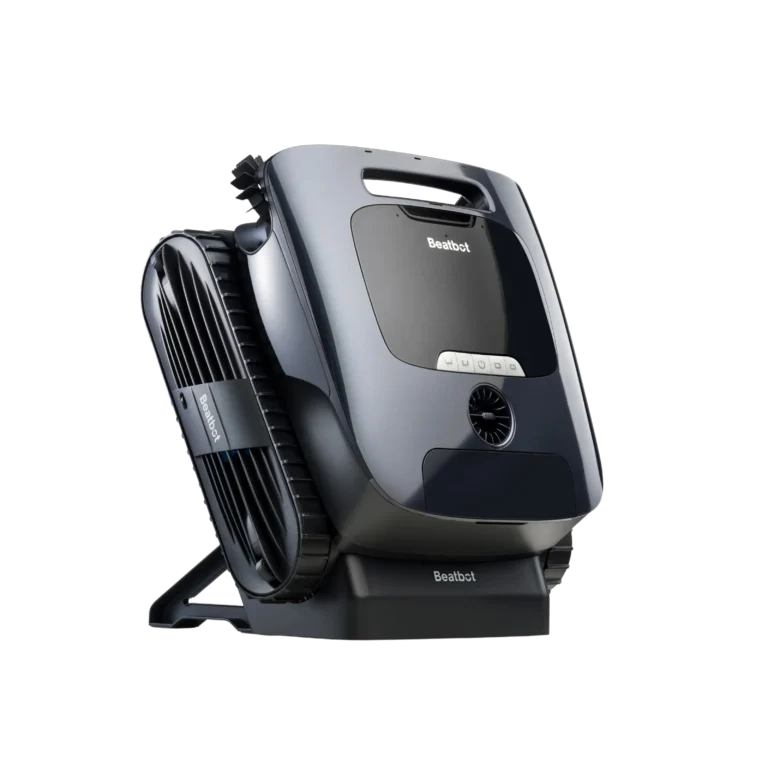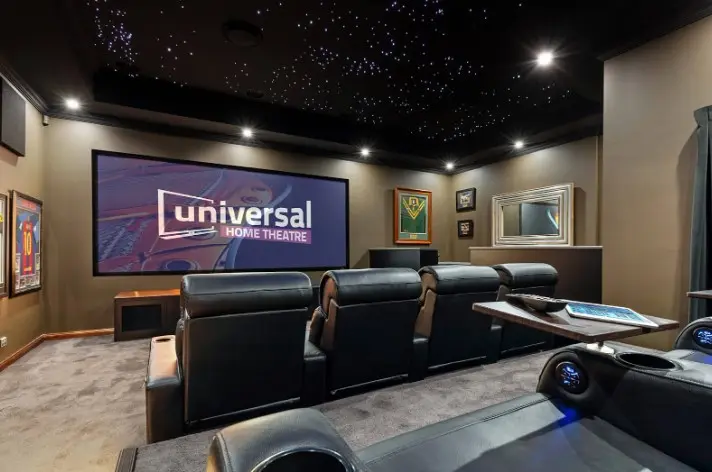Creative Simplicity in Modern Design
Key Takeaways
- Minimalist design emphasizes functionality, clarity, and intentionality in every aspect.
- Using natural materials and neutral color palettes enhances the sense of calm and connection to nature.
- Multifunctional furniture and the integration of innovative technology are emerging as key trends in modern minimalist design.
In today’s fast-changing world, authentic simplicity in design is more alluring and relevant than ever before. As our environments grow increasingly cluttered and daily routines become busier, people find themselves drawn toward spaces that offer tranquility, clarity, and a sense of calm. The minimalist movement reaches beyond a fleeting aesthetic trend—today, it represents a deliberate way of life, fostering intentionality in our choices and serenity in our surroundings. Working with an expert in luxury interior design Denver can be a transformative step for those inspired by the trend’s understated elegance and looking to elevate their interiors. Skillful application of minimalist principles helps create living spaces that soothe the senses, improve everyday functionality, and adapt seamlessly to the needs of contemporary life. By adhering to the tenets of minimalism, designers have the ability to craft environments that harmoniously blend form, function, and emotion. Each detail, from the choice of material to the color palette to technological integration, serves a clear purpose. Such intentionality turns ordinary homes into serene retreats, appealing not only to visual sensibilities but also promoting genuine well-being. The drive towards sustainability further strengthens this appeal, as many homeowners now seek interiors that are as environmentally responsible as they are comfortable.
Principles of Minimalist Design
At the heart of minimalist design lies the conviction that less is more. This guiding principle encourages stripping away unnecessary ornamentation to expose the fundamental function and inherent beauty of each element. In the context of interiors, this means prioritizing clean lines, open layouts, and a composition of items that are both beautiful and indispensable. The result is not a cold or empty space, but rather an engaging atmosphere where harmony prevails. Minimalist interiors often feature a monochromatic palette, giving each room visual continuity and a soothing, unbroken ambiance—a deliberate pause in a visually noisy world. This style invites contemplation, relaxation, and the luxury of breathing room in one’s home.
Intentionality is woven through every layer of minimalist design, guiding furniture selection, accessories, and even the calculated use of negative space. Every object is chosen for its functional purpose, aesthetic contribution, or both. By removing visual clutter—unneeded décor, extra furnishings, or anything that distracts from the desired mood—homeowners are free to focus on what truly enhances their daily life. This mindful approach creates spaces that nurture comfort and joy, ultimately fostering a deeper connection to home and to oneself.
Natural Materials and Neutral Palettes
The embrace of natural materials such as wood, stone, linen, and glass anchors minimalist interiors in authenticity and warmth. These varied textures provide subtle richness and tactile interest, counterbalancing the risk of sterility sometimes associated with minimalist spaces. By pairing organic materials with a backdrop of neutral hues soft whites, gentle grays, taupes, and sandy beiges—designers cultivate an atmosphere of peace that feels both timeless and fresh. Such palettes offer remarkable flexibility; they provide a calming canvas for decorative accents or personal treasures, accommodating evolving tastes while maintaining a unified look. This combination of nature-inspired surfaces and subdued colors not only enhances aesthetics but also contributes to emotional well-being, making rooms feel effortlessly inviting. The careful integration of natural elements reconnects us with the outdoors, even in urban or high-density environments. This biophilic approach isn’t merely decorative—it can measurably improve air quality, boost mood, and foster a sense of harmony. By intentionally including these materials and colors, minimalist interiors help restore balance, grounding occupants in a world that often feels unpredictable and fast-paced.
Multifunctional Furniture
With urban homes becoming increasingly compact, the need for smart, adaptable solutions is paramount. Multifunctional furniture serves as a key component of modern minimalism, allowing one space to perform double (or triple) duty without sacrificing form. Ingenious designs, such as expandable dining tables, convertible sofas, and ottomans with hidden storage, mean a single room can easily shift from workspace to sanctuary. These functional pieces maximize usable area, eliminate excess, and support the ethos of purposeful simplicity.
Careful investment in well-designed, versatile furniture ensures even a small studio apartment can feel open, streamlined, and serene. By minimizing the number of items needed—and choosing only those that serve real daily functions homeowners create more space for life to unfold. Discover creative possibilities with multifunctional furniture ideas, and get inspired to transform your home with style and efficiency.
Smart Technology Integration
Contrary to the misconception that technology disrupts minimalist aesthetics, modern smart home innovations actually reinforce the movement. Well-integrated technology offers both convenience and subtlety, freeing surfaces and sightlines from distracting clutter. Today’s best homes use wireless speakers, built-in smart hubs, automated lighting and climate controls, and streamlined charging stations all designed to function invisibly, complementing the minimalist ethos. These upgrades make life more convenient and efficient while maintaining the purity and tranquility of the space.
The true beauty of integrated smart systems lies in their seamlessness. Voice-activated controls, concealed wiring, and adaptive lighting mean rooms can shift mood or purpose at a touch while keeping design elegant and focused. This fusion of technology and minimalism ensures that comfort, efficiency, and beauty coexist, empowering homeowners to create adaptable, future-ready sanctuaries.
Sustainability in Minimalist Design
Minimalist principles naturally align with sustainability goals, emphasizing quality, durability, and ethical sourcing. Choosing fewer, better-made items—furniture crafted from sustainably harvested wood, recycled metals, or low-impact textiles—reduces the need for frequent replacements and cuts down on waste. Mindfully conserved resources not only benefit the planet, but they also create interiors with lasting value and character. Minimalist spaces invite us to invest in pieces that stand the test of time, prioritizing what truly matters and moving away from the cycle of fast décor.
This environmentally conscious mindset increasingly influences homeowner and designer decisions. By supporting eco-friendly processes and materials, we not only foster healthier indoor environments but also contribute positively to global well-being. Such spaces are rewarding to inhabit, knowing that each choice reflects both personal values and environmental stewardship.
Biophilic Elements
Modern minimalism is enriched by the thoughtful adoption of biophilic design, which draws nature’s vitality indoors. Including houseplants, green walls, ample windows for sunlight, or gentle water features infuses spaces with a life-affirming energy. Within minimalist interiors, these touches are intentionally chosen to be focal points or subtle enhancements, never overwhelming the overall harmony. Even a single carefully selected tree, a row of potted herbs, or a sun-drenched reading nook can transform a room, promoting calm, renewal, and everyday satisfaction.
Scientific studies continue to affirm the psychological benefits of connecting with nature. Reduced stress, increased focus, and improved mental well-being are just a few of the rewards. Minimalist design, by judiciously blending natural beauty with refined function, offers an environment that supports personal growth and overall wellness every day.
Case Study: Minimalist Home Transformation
Consider a recent project that illustrates the transformative power of minimalist principles. Faced with a dated, cluttered home brimming with mismatched furnishings and visual chaos, the design journey began with a thorough decluttering process. Removing superfluous objects and streamlining storage immediately changed the atmosphere, carving out new breathing room. Walls and fixtures were updated with a soothing palette of whites and charcoals, bringing instant coherence and sophistication. Warm, matte-finished hardwood floors lent the space grounded comfort, while sleek stone accents offered tactile interest without visual bulk.
Every room was reimagined with multifunctional furniture, maximizing both usability and elegance, and flexible layouts ensured the home could evolve with the owner’s needs. Smart technology upgrades automated lights, discreet speakers, and efficient climate control were integrated with care, never detracting from the serene mood. Biophilic touches, such as abundant natural light and curated greenery, breathed vitality into every corner. In the end, the home was not just a space to live, but a calming refuge that reflected the owner’s values, lifestyle, and aspirations. Such transformations highlight the potential of luxury interior design to bring minimalist ideals to life in profoundly personal and lasting ways.
Conclusion
Creative simplicity in design is not about stripping away personality or warmth. Instead, it is about carefully curating environments that express clarity of purpose, aesthetic finesse, and sustainable living. Modern minimalist design paves a path toward well-being, flexibility, and enduring style by thoughtfully blending natural materials, innovative technology, and environmentally conscious choices. For those ready to embrace this philosophy and elevate their everyday experience, partnering with a professional in luxury interior design can unlock a sanctuary of beauty, tranquility, and long-term value.
Also Read-Why Wellness Professionals Are Embracing AI-Powered Scribe Apps






